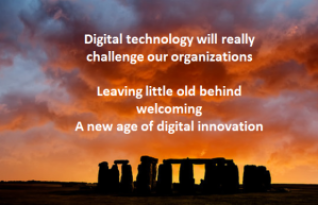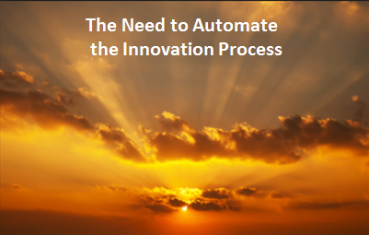 Transformation is very hard at the best of times for all of us to undertake. Digital transformation forces us to work with mostly emerging, constantly evolving technologies, and then apply these in an integrated way into an existing business. This stretches our abilities significantly, as we may remain unclear of the finished design for quite some time.
Transformation is very hard at the best of times for all of us to undertake. Digital transformation forces us to work with mostly emerging, constantly evolving technologies, and then apply these in an integrated way into an existing business. This stretches our abilities significantly, as we may remain unclear of the finished design for quite some time.
We have to evolve it, as we go. With anything that is evolving in front of our eyes, we will need to recognize some of the decisions we will make will turn out to be wrong but made as a good judgment at the time, on ’emerging’ evidence, not proven. Achieving a digital transformation is becoming really essential for innovation, helping to enable your ability to deliver sustained growth through making all the ‘connections’ come together in different ways than ever before; in evaluations, analysis, in collaborations and in the process from discovery to eventual commercialization.
Digital transformation executed well is a really big undertaking. It goes way beyond making a series of incremental improvements to become cloud-ready as are supposed to build in and reflect social, mobile and digital technologies in the solution set. We need to fundamentally transform our processes by opening up and engaging with customers in dramatically different ways, in real-time, in constant exchanges and connected ways. Everything needs to be tracked and traced. Continue reading “Moving to a Digital World totally across your Business is highly challenging”








